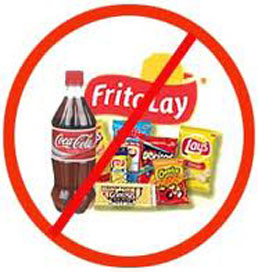Directions:
The article below was written by Richard Codey, the Governor of New
Jersey. Please read the article. While reading, fill out the While
Reading
chart in a new window (link below). When you are finished
filling out the While
Reading chart, you may move on and complete the Post-Reading Questions.

